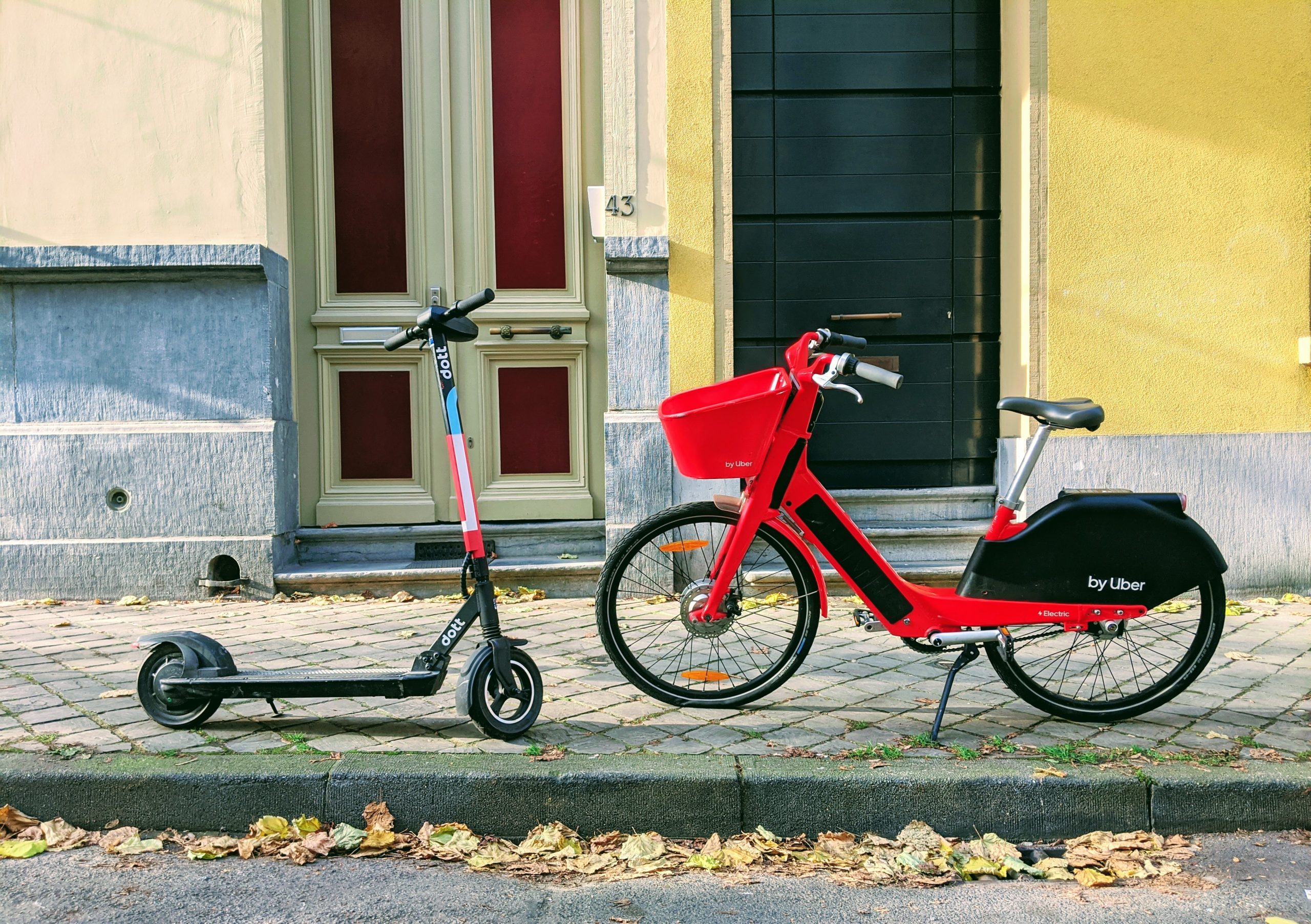By Charlotte van Hek, Research & Innovation Communications Officer at UITP
You think shared and combined mobility – you should think navigation technology. Knowing where your vehicle (whether a bike, scooter or shared car) is at any given time is vital to be able to travel from A to B in an easy way. Because of this, all providers of micromobility depend on satellite-based navigation technology to make their services work.
The key aspect here is accuracy. Especially in dense urban areas, a location indication that is wrong by 10 or 20 metres can make all the difference when trying to find the bike you are looking for. Higher positioning accuracy means less hassle, time saved, and an overall better experience for the user, but also advantages for the operator in terms of fleet management and billing procedures.
There are various things that can be done to improve a GNSS receiver’s sensitivity and accuracy: to tune the antenna can improve results, and also tracking the signals of multiple GNSS constellations on multiple frequency bands can lead to further gains in accuracy.
High competition, high precision positioning
Yet, with the micromobility market being a highly competitive one, investing in the highest possible accuracy, for example with high precision positioning solutions that use GNSS correction data to reach centimetre-level positioning, could become a requirement to keep up with the sector.
Multipath errors are still one of the major error sources for conventional GNSS receivers. A multipath error is caused by the reception of signals arrived not only directly from satellites, but also reflected from the local objects in the environment. This means that a multipath error will cause your location to be less accurately determined.
To avoid this, the use of dual frequency multi-constellation receivers ensures much higher signal availability. When compared to other GNSS, the European Galileo provides a better signal modulation scheme that allows for higher resiliency against multipath. Recent tests made with diverse mass-market Galileo dual frequency chipsets achieved 1-2 metres accuracy in light urban environments and few decimetres at full open sky.
EGNOS for improved location signal
Besides Galileo, EGNOS is the European satellite-based augmentation system that enhances the accuracy of GPS-determined positions – and Galileo in the future – through corrections for the errors generated by atmospheric layers. EGNOS is operational since October 2009, its signal is free of charge and reaches 99% for the total of the EU coverage.
In short, EGNOS is able to enhance the accuracy of the positioning by reducing typical inherent errors of GPS. Trials with different mass market receivers and different antennas demonstrated that EGNOS always provides an increase in the position accuracy (error reduced on average of 3 meters), both in urban and extra-urban environments.
Similarly to Galileo, this function is embedded in the last generation of GNSS receivers. The price is exactly the same as of a simple GPS chipset.
To summarise, choosing the right hardware is the first (and one of the most important) key to achieving a micromobility service that provides the best possible performance and user friendliness – and can thus distinguish itself from the competition in the market today.
This article is inspired by ‘The Tech that can make or break micromobility’, published on 11 September 2020 on Telematics Wire: by authors Diego Grassi and Matthias Vetter
 This project has received funding from the European Union Agency for the Space Programme (EUSPA) under grant agreement No 870264
This project has received funding from the European Union Agency for the Space Programme (EUSPA) under grant agreement No 870264
